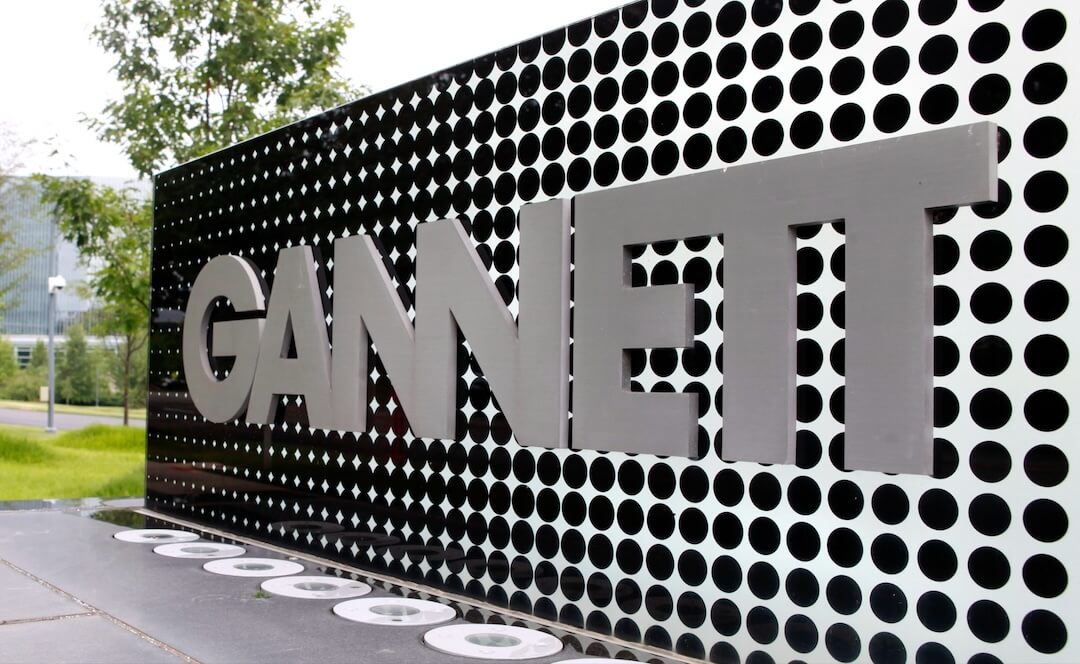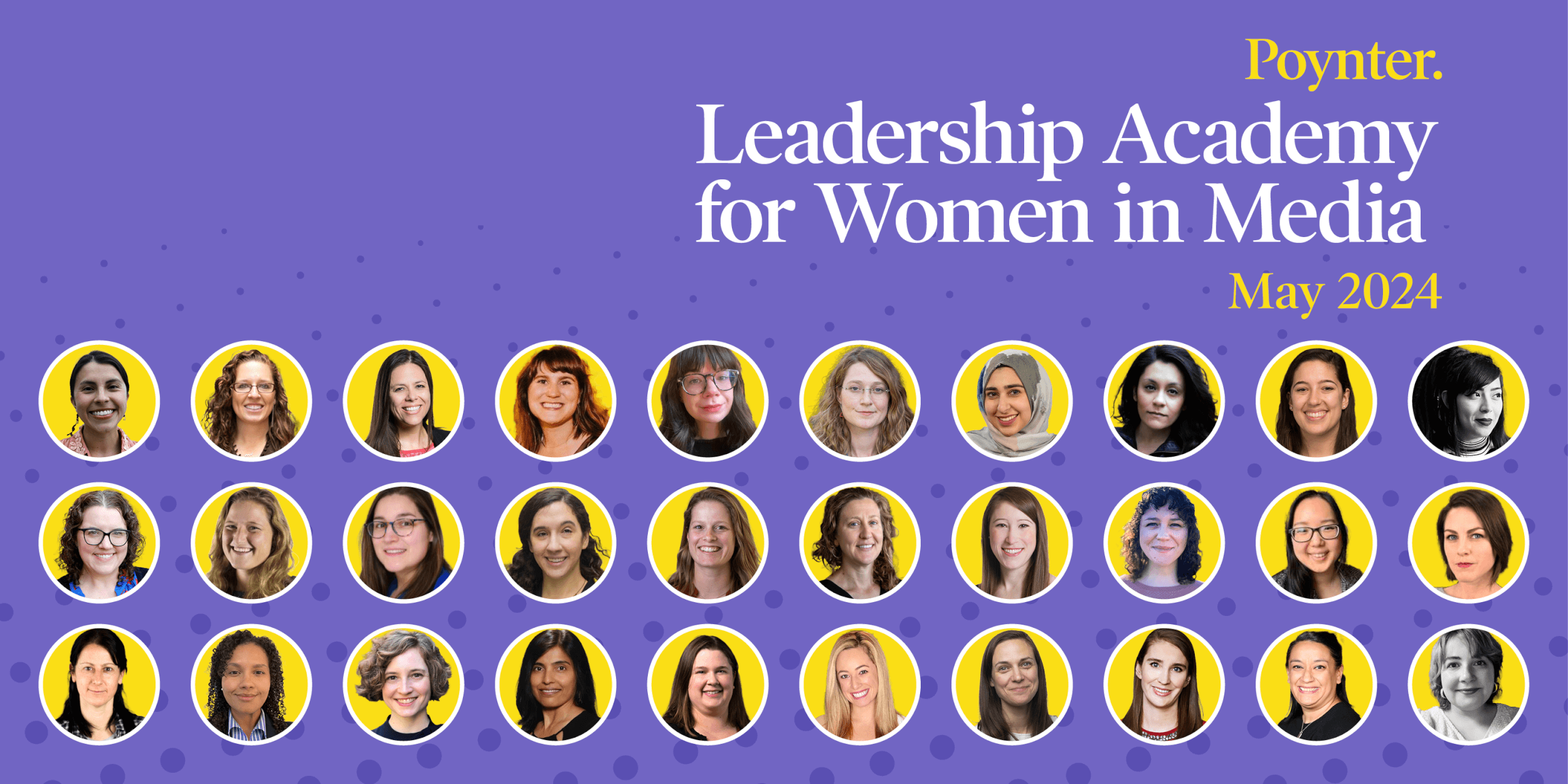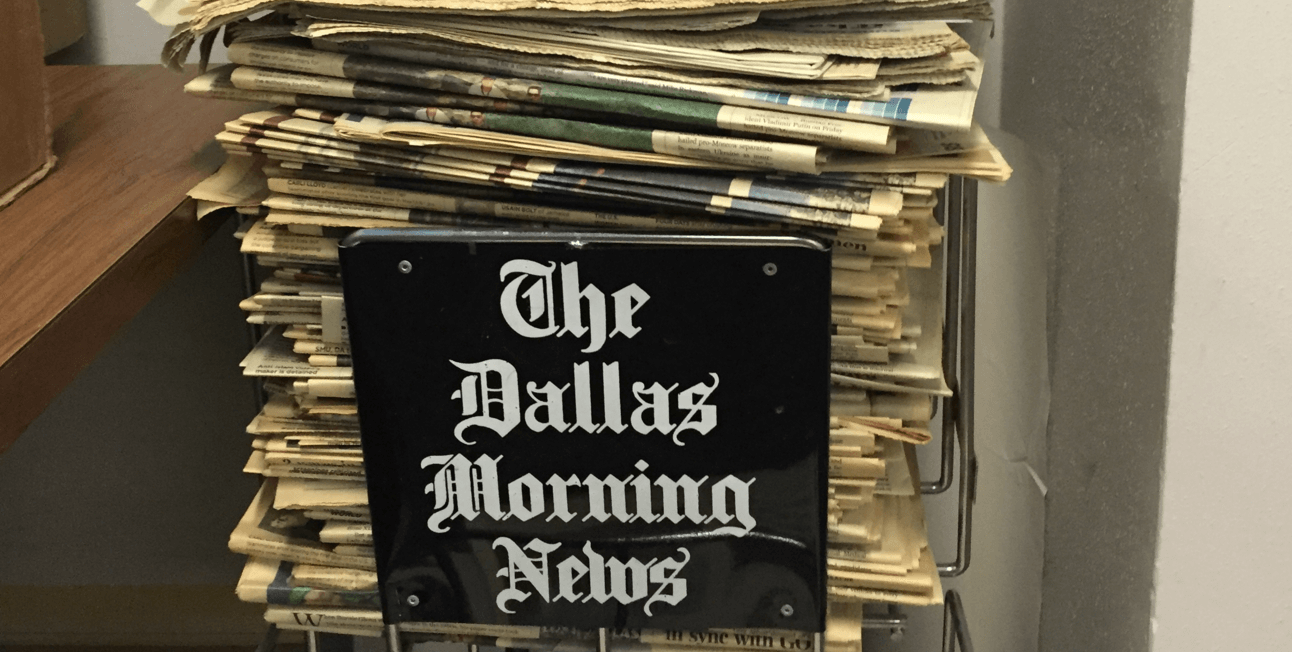Much has already been said, tweeted and complained about The Washington Post’s tagline, “Democracy Dies in Darkness,” that was unveiled at the start of the Trump administration. It’s harsh, foreboding and alarming. But it’s also true. When people don’t know the facts, a government of the people is impossible.
So then why do the Post and many other legacy news publishers leave so many Americans in the dark?
See, if you want to read a Post article, including this one about how they came up with the tagline back in 2017, you might be blocked by a paywall. Big Tech giants like Facebook and Google are gorging on the advertising revenue that once sustained news organizations, so the publications have tightened access to their products to get people to pay for it through subscriptions. While that strategy has helped bolster news organizations’ bottom lines at a time when a healthy free press is sorely needed, it has also had the dangerous side effect of leaving the vast majority of Americans in the dark.
I often refer to people who don’t pay for news as “passive” news consumers. That doesn’t suggest a moral failing on their part. It just means they’re simply consuming the news that comes to them through their daily scrolling of social media feeds, email inboxes and conversations with people they trust.
American news consumers fall into three groups today: a small lobbying class that can afford thousands of dollars in news-analysis subscriptions like Politico Pro; a larger but still very limited group that will pay to get behind paywalls; and by far the largest group of Americans — those who will not or cannot pay for their news.
Passive consumers may have faith that good, accurate news about the world and their own communities will somehow find them. But with few exceptions, they’re wrong about that. Increasingly, the fact-based news that’s necessary for a pro-democracy citizenry is behind a paywall. On social media, passive consumers are more likely to see propaganda that capitalizes on the ways information is distributed there. Biased algorithms reward salacious and emotionally charged content — often favoring right-leaning messaging that is outright false. Platforms could turn off these algorithms with a click, but we know that they won’t — because disinformation is their business model.
We don’t have to accept this. News organizations can take their own actions right now to channel their pro-democracy mission statements into action, get good information to the people who need it most, and slow the spread of disinformation. Here are some ways:
Make 2022 election coverage free.
Most news outlets with paywalls have a policy to offer certain news stories for free when the story is of overriding public importance. They did just that in the early days of the pandemic. The future of our democracy is a critical enough issue to fall under that policy, isn’t it? And publishers should realize that dropping the paywall for election news is not economic suicide. In fact, most local news outlets saw an increase in subscriptions at the start of the pandemic even though they made their coronavirus stories free. Why? Because their coverage reminded consumers that they were a valuable product for the long term.
Create a pro-democracy underwriting program.
If news outlets are worried that they’ll lose money by making their most click-worthy political content free, they should find corporate sponsors for that content. This would be the kind of image marketing that works for many companies today. Many corporations are being called out for funding pro-insurrection candidates. Surely there are corporations out there that would want to be on a list of businesses that support democracy by bolstering a free press.
Team up to spread free, reliable information.
An encouraging trend in U.S. journalism is collaboration among news organizations. Often a for-profit outlet teams up with a nonprofit newsroom, or multiple nonprofit news outlets get together on a project to lift up under-covered stories and voices, or reach new audiences. In either case, the stories they collaborate on are often available for free online. This growing trend toward mission-first and nonprofit news must be supercharged by people who have the money to make a difference.
Stop writing for the elite.
Even with historic turnout records in 2018 and 2020, more than half of eligible voters didn’t cast ballots. One reason: The vast majority of political news coverage is written for elites. Most Americans don’t care about electoral horse races or legislative sausage-making. That style of reporting actually exacerbates Americans’ distaste for and mistrust of our government and the media. Effective reporting informs people about decisions that impact their families, who makes those decisions, and what motivates those decisions. And because humans are the way that they are, the most effective method to inform people is through storytelling. Put everyday people — not senators — at the center of stories. (Washington Post columnist Margaret Sullivan has great advice on this.)
Go where non-subscribing Americans are.
When it comes to news media, the old adage “if you build it they will come” is not only irrelevant, but dangerously out of touch. To reach specific groups of people, you need to show up where they spend their time. Concise and direct presentation is vital. We founded Courier Newsroom in 2019 to provide passive consumers with fact-based journalism from a progressive perspective. We proactively find and target these audiences because social algorithms will simply not do that for us, and all of our original reporting is available to them for free where they get their information online.
One strategy that news outlets can deploy immediately is to boost their content directly to specific new audiences through targeted ad spends on platforms like Facebook and Google, using third-party data or their own targeting capabilities — the same way their marketing teams are targeting likely paying subscribers to grow their audiences and bottom lines.
Another approach is to build new capacity in newsrooms to identify the digital spaces where under-reached audiences spend their time and to share content through existing trusted messengers to these communities. The key is to go where they are, and make the information as accessible as possible. Think Instagram carousels and TikTok videos, not 2,000-word stories or clickbaity headlines. The Post’s investment in TikTok and relatively new approach to sharing headline graphics on Instagram is worth emulating.
Walk the talk.
There’s a budding conversation in media circles about what it means to be a pro-democracy journalist, but we’re seeing far more hand-wringing than solutions. Lofty taglines do not make a newsroom pro-democracy. What makes a newsroom pro-democracy is how it covers the news and delivers it to the people who will decide if our democracy survives. News organizations produce amazing content every day, but until we solve for the last-mile problem of getting that information to the wider public, that information lacks the power to protect the American way of life. With a major political party upholding the Big Lie and sowing mistrust in our incredibly secure elections, we have no more time to waste on out-of-touch debates.
News organizations must instead seize the opportunity before us to once again serve as the bulwark of our democracy and get factual information to the people. Otherwise the darkness will continue to win over the light.







